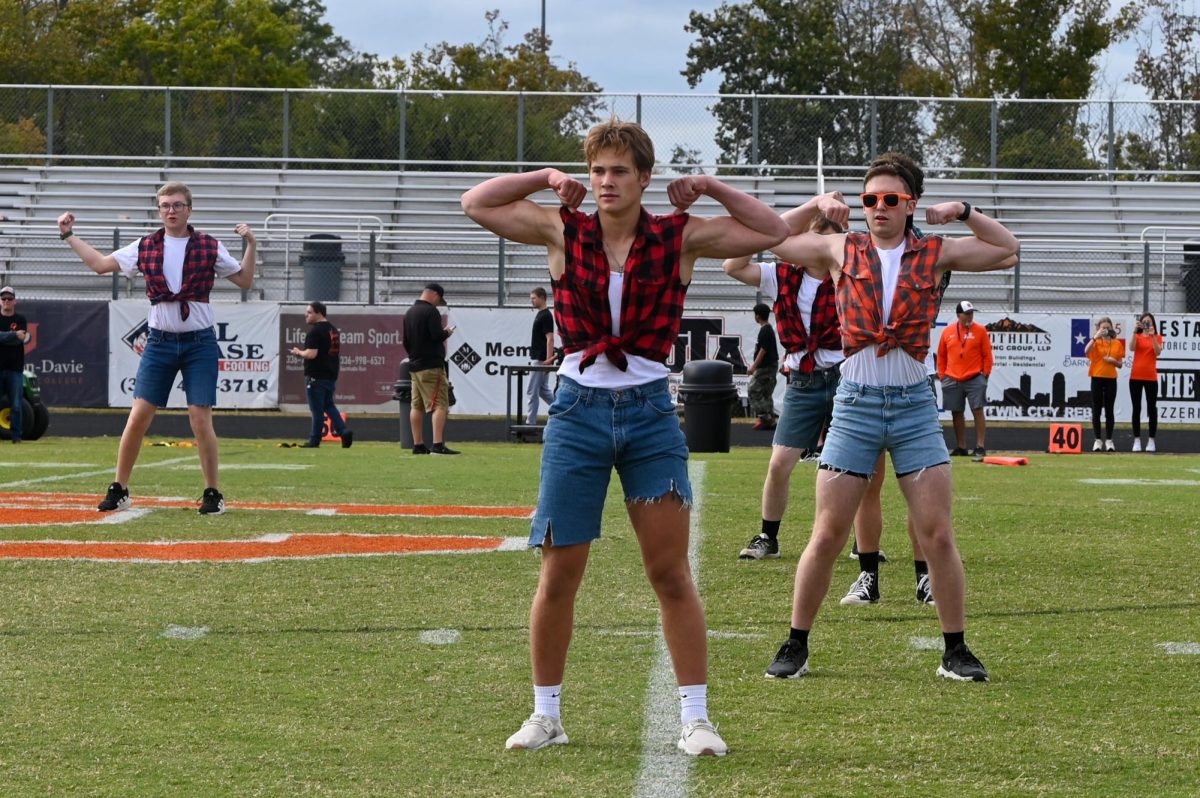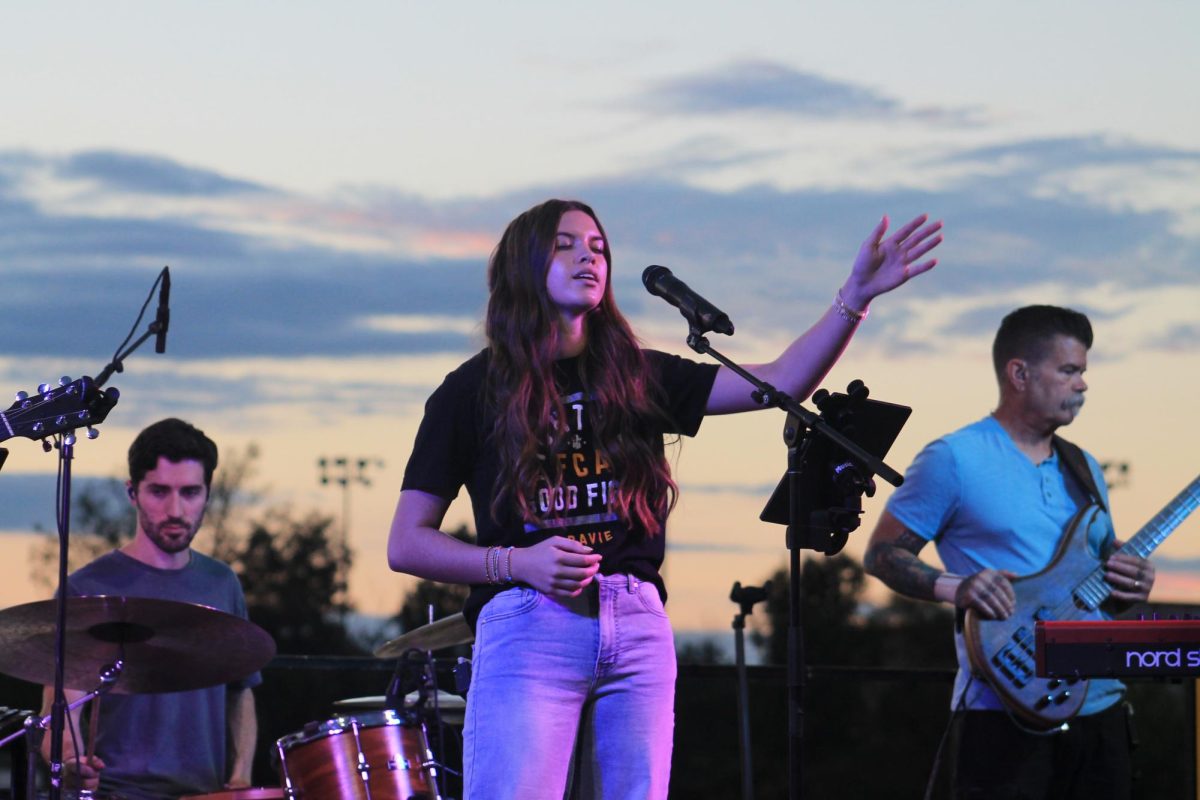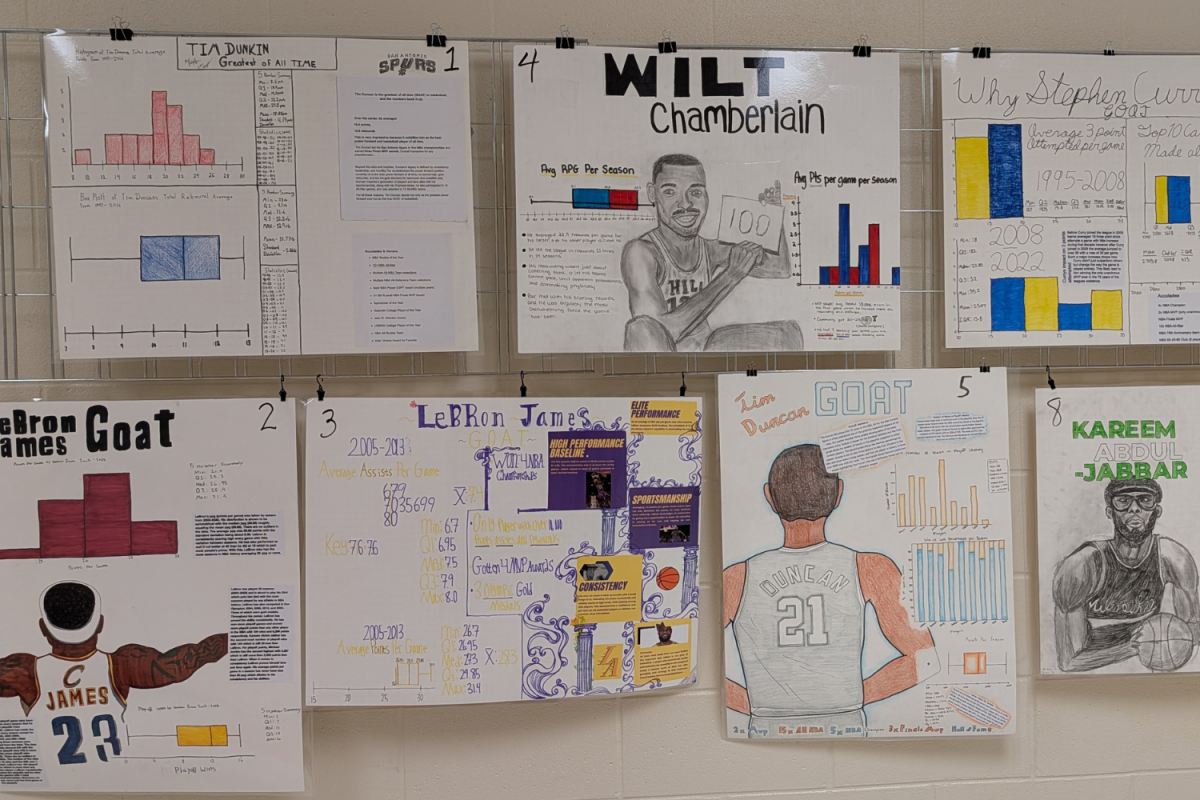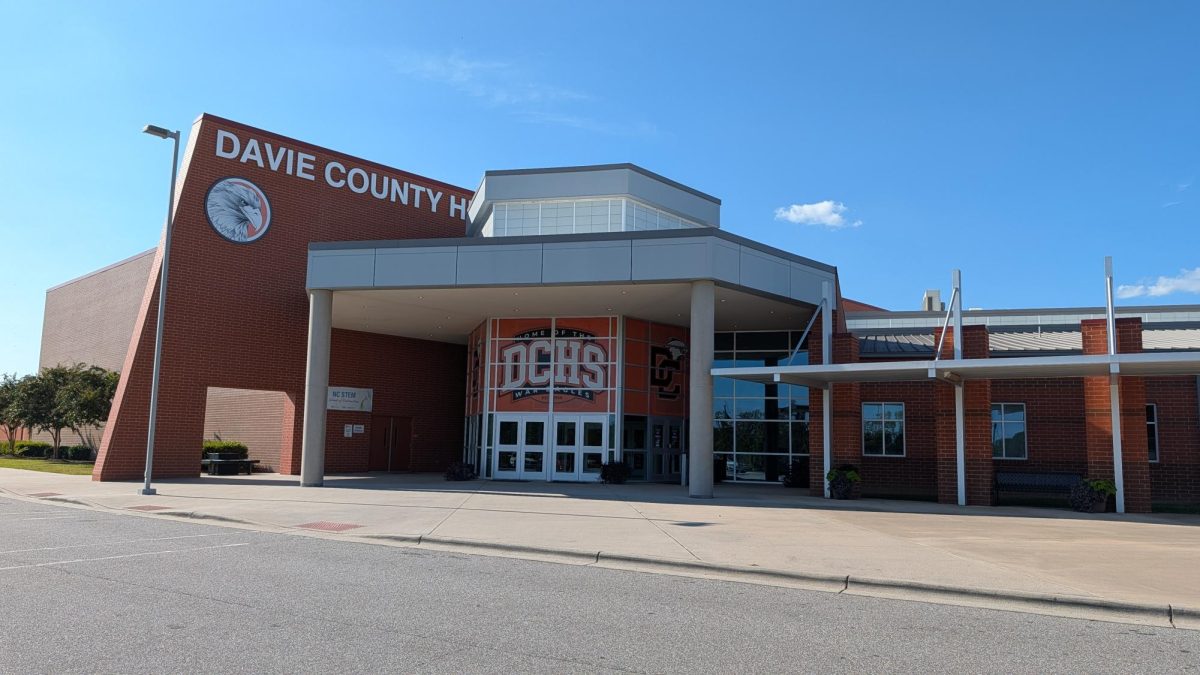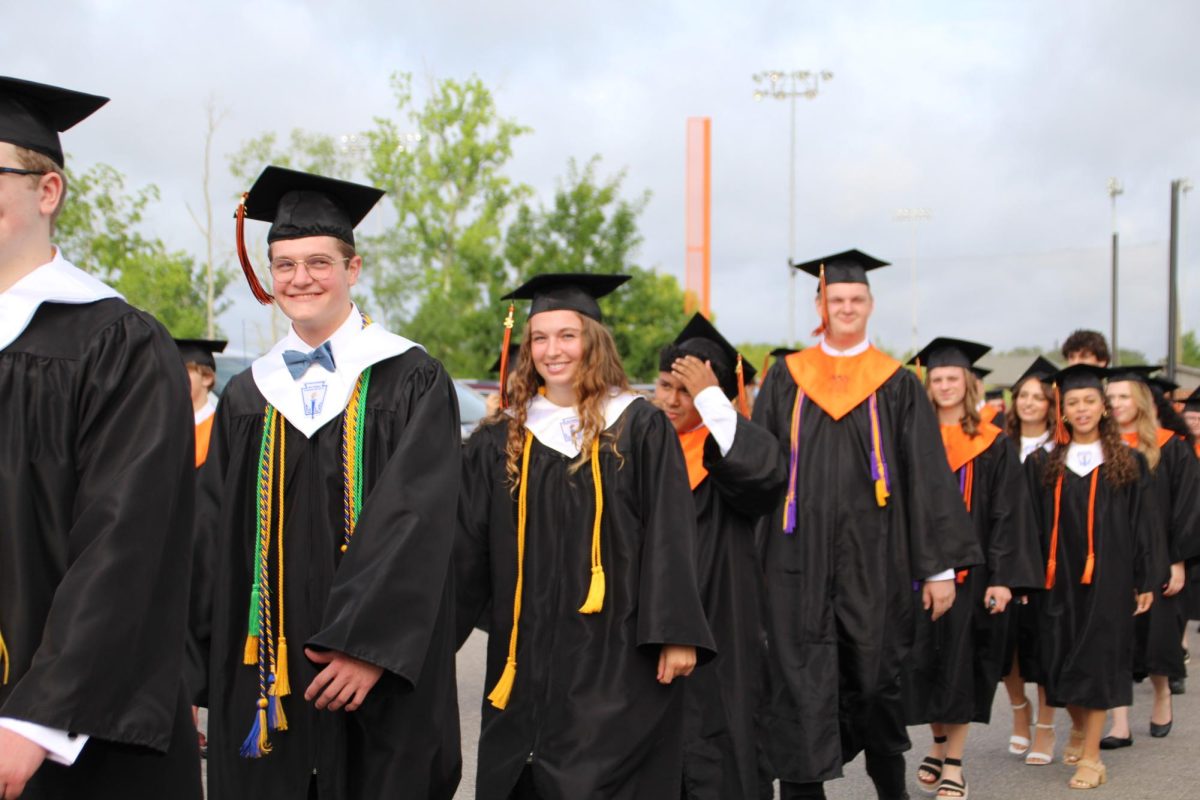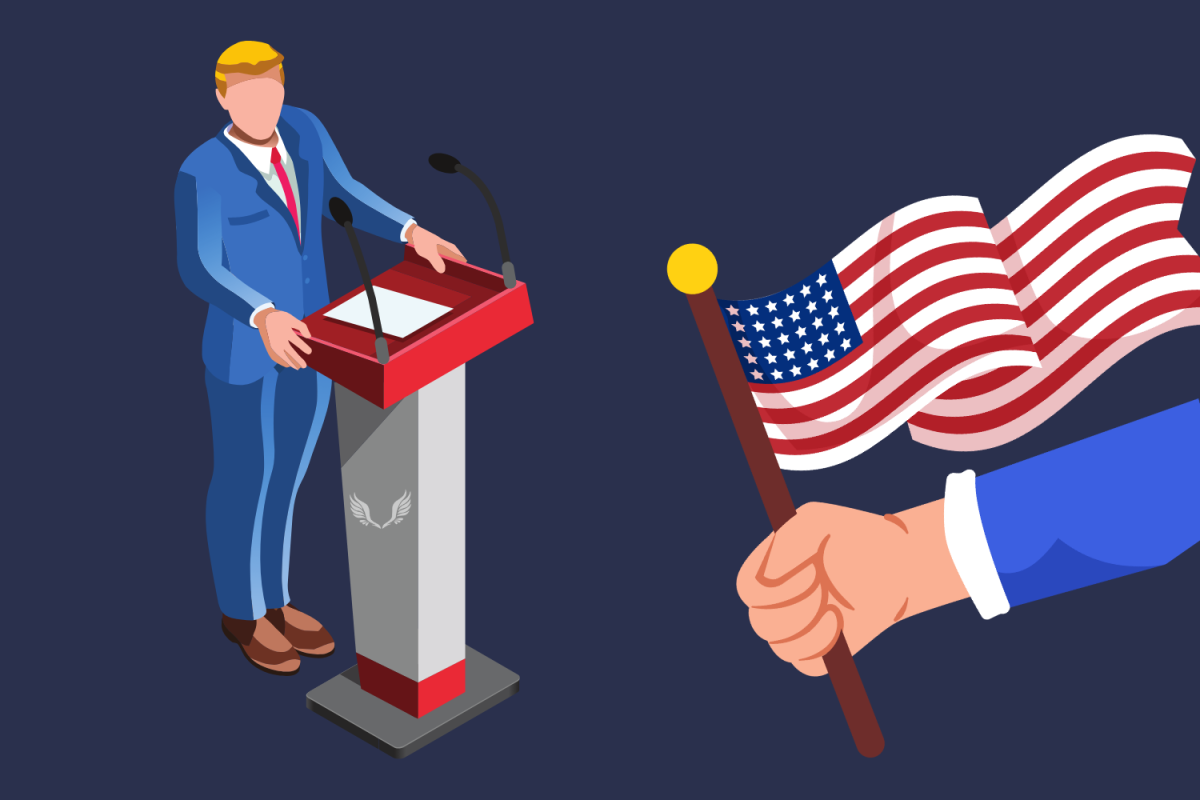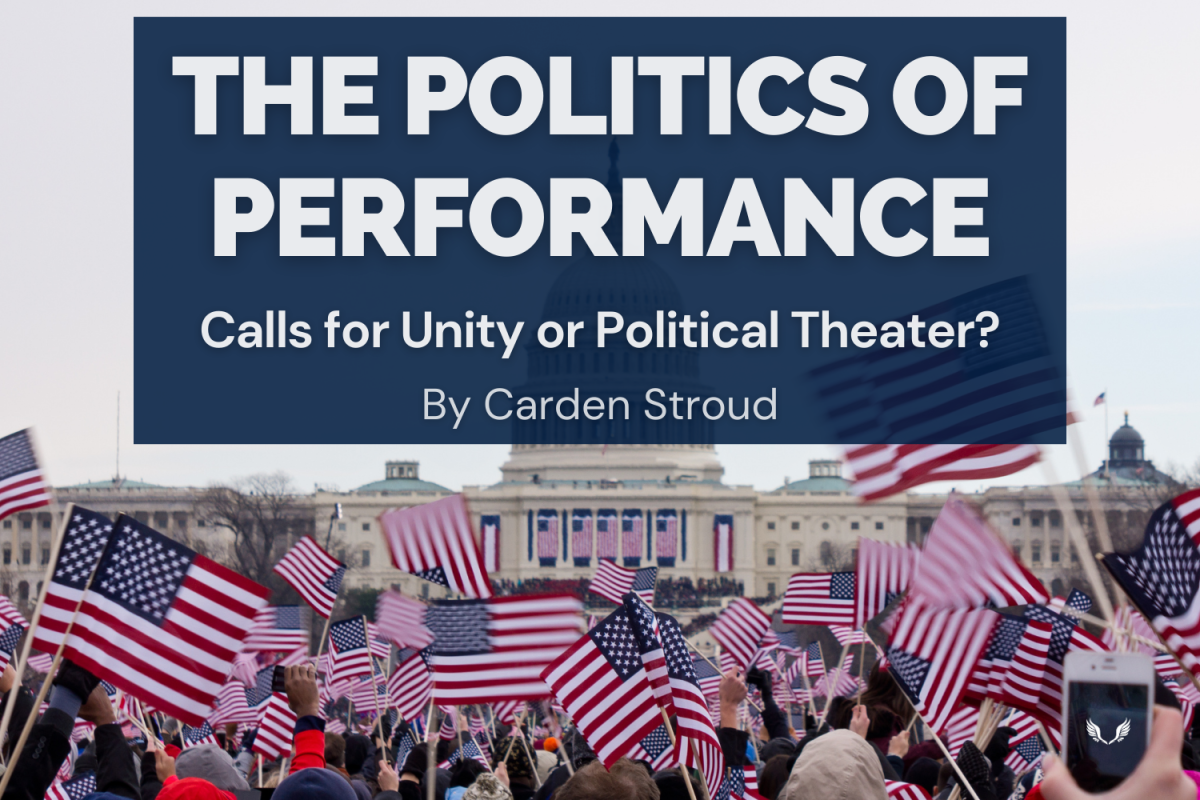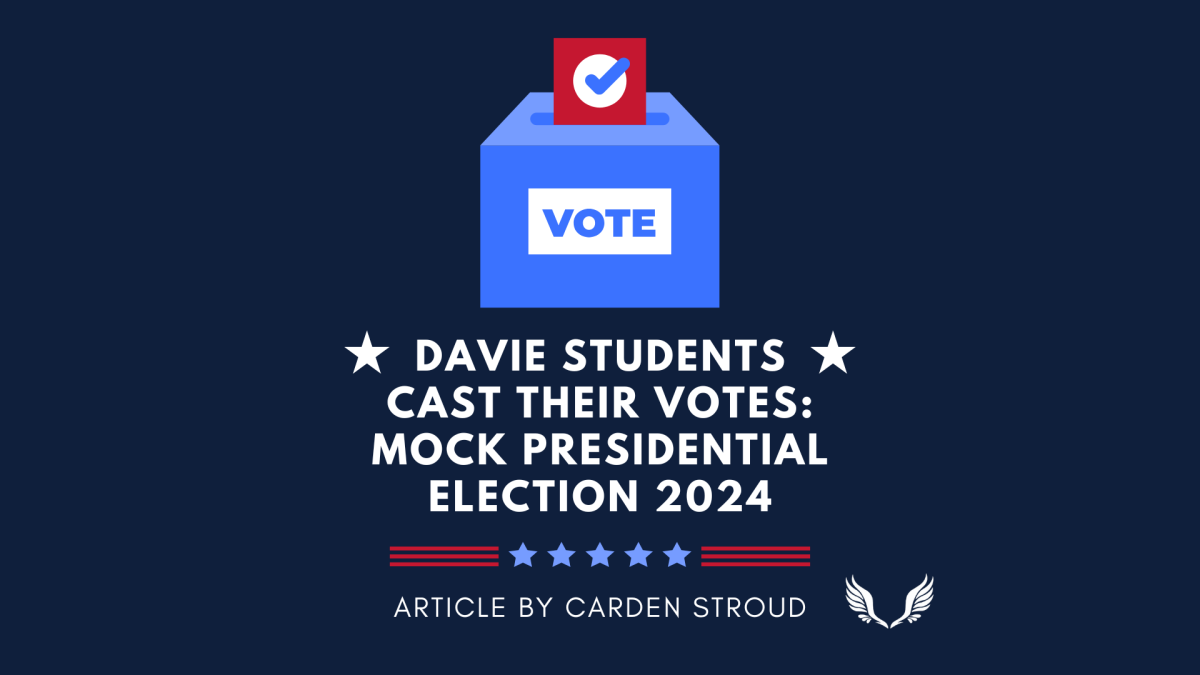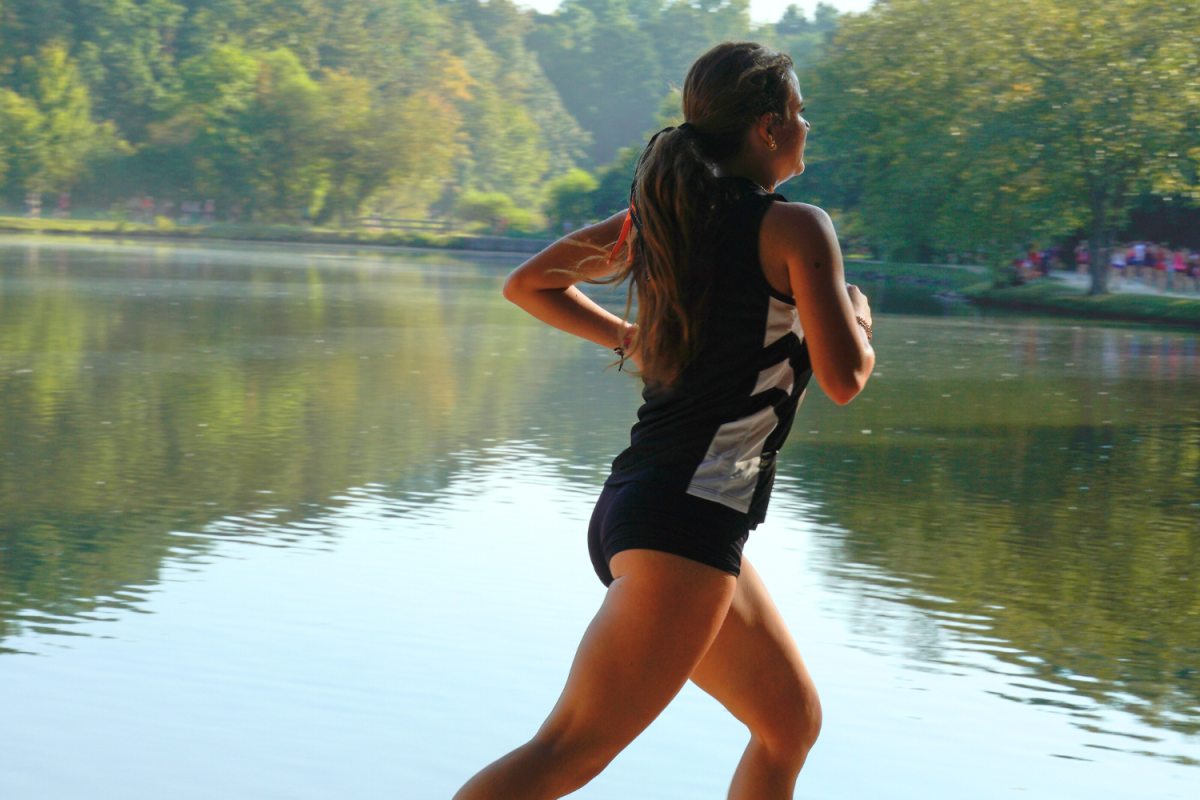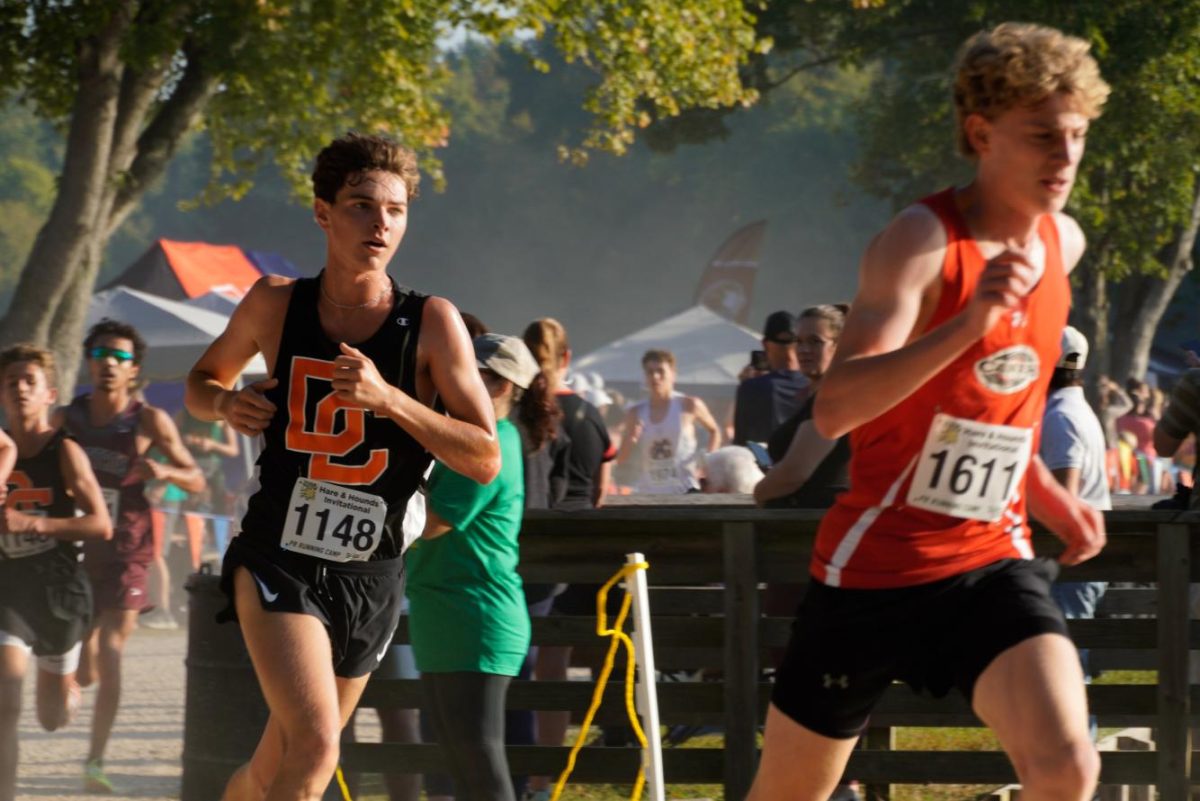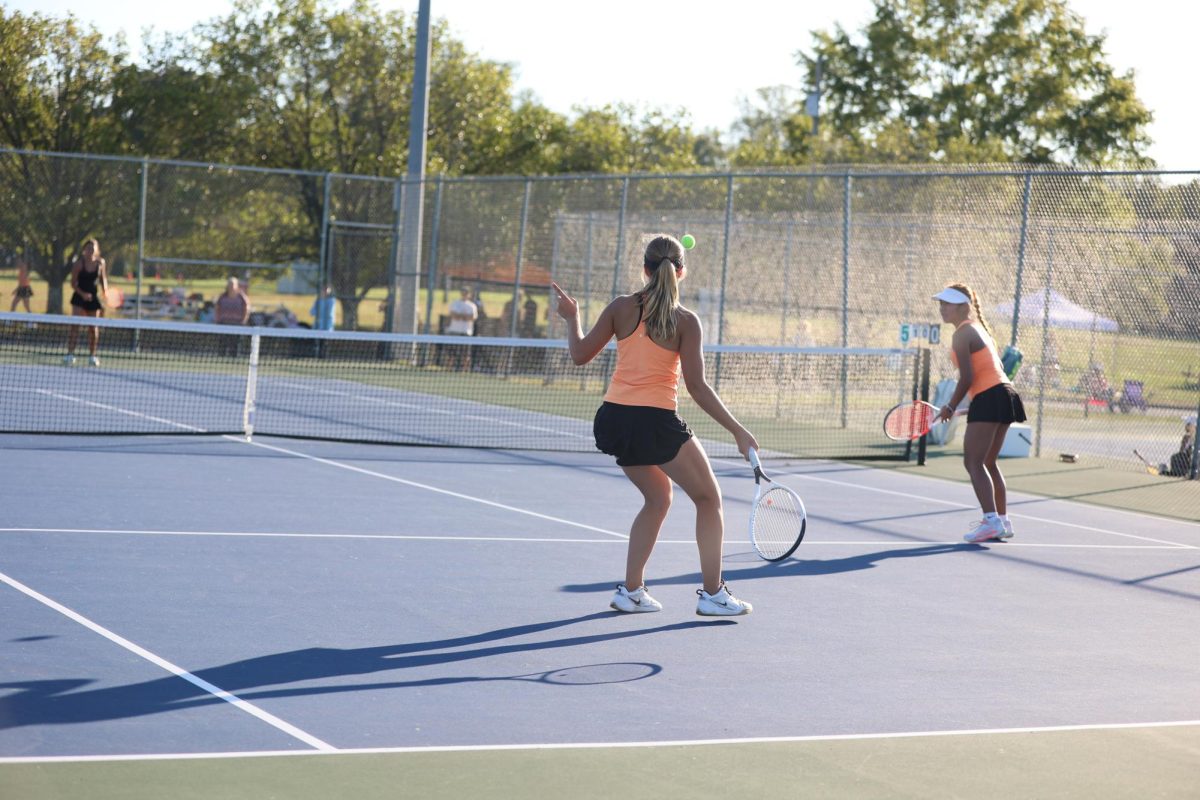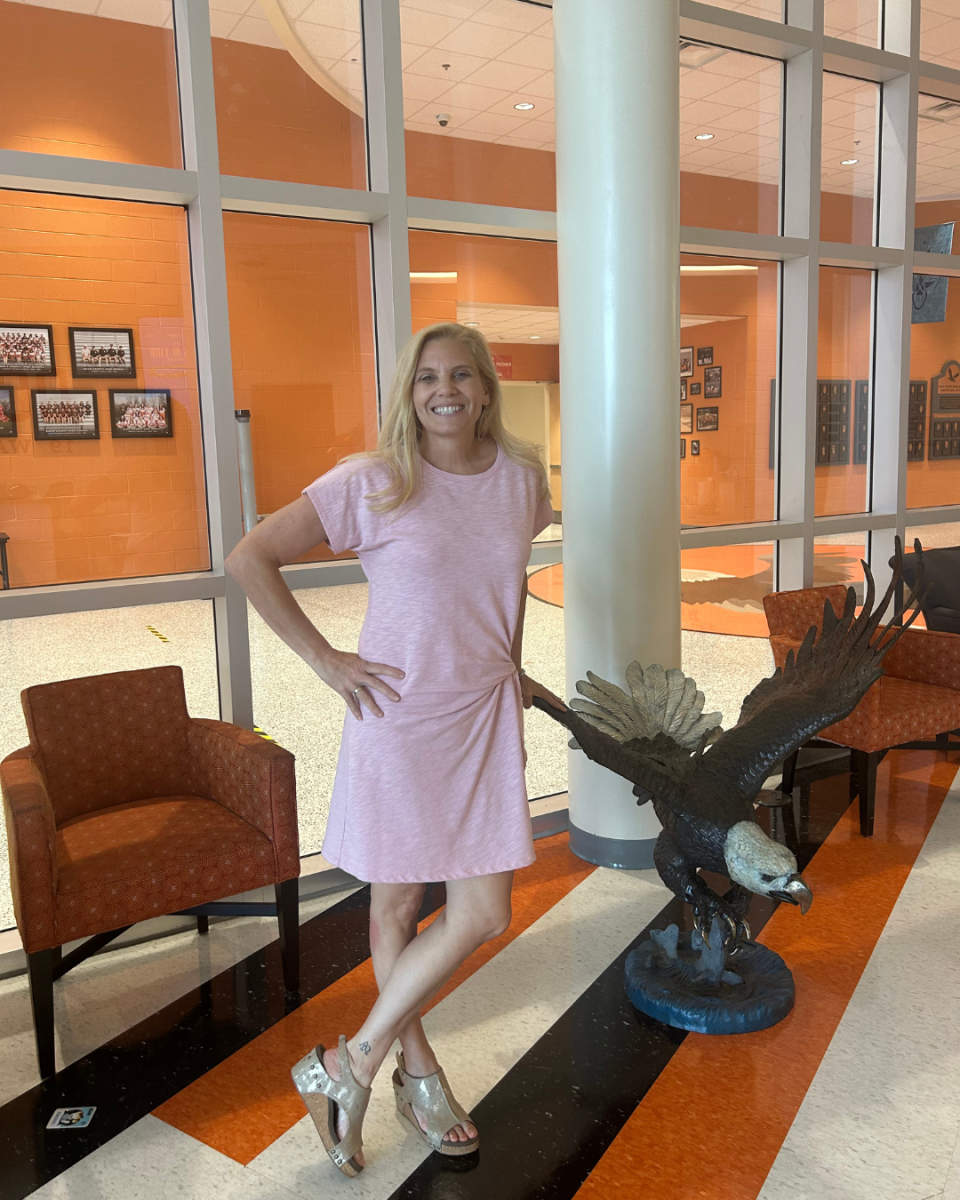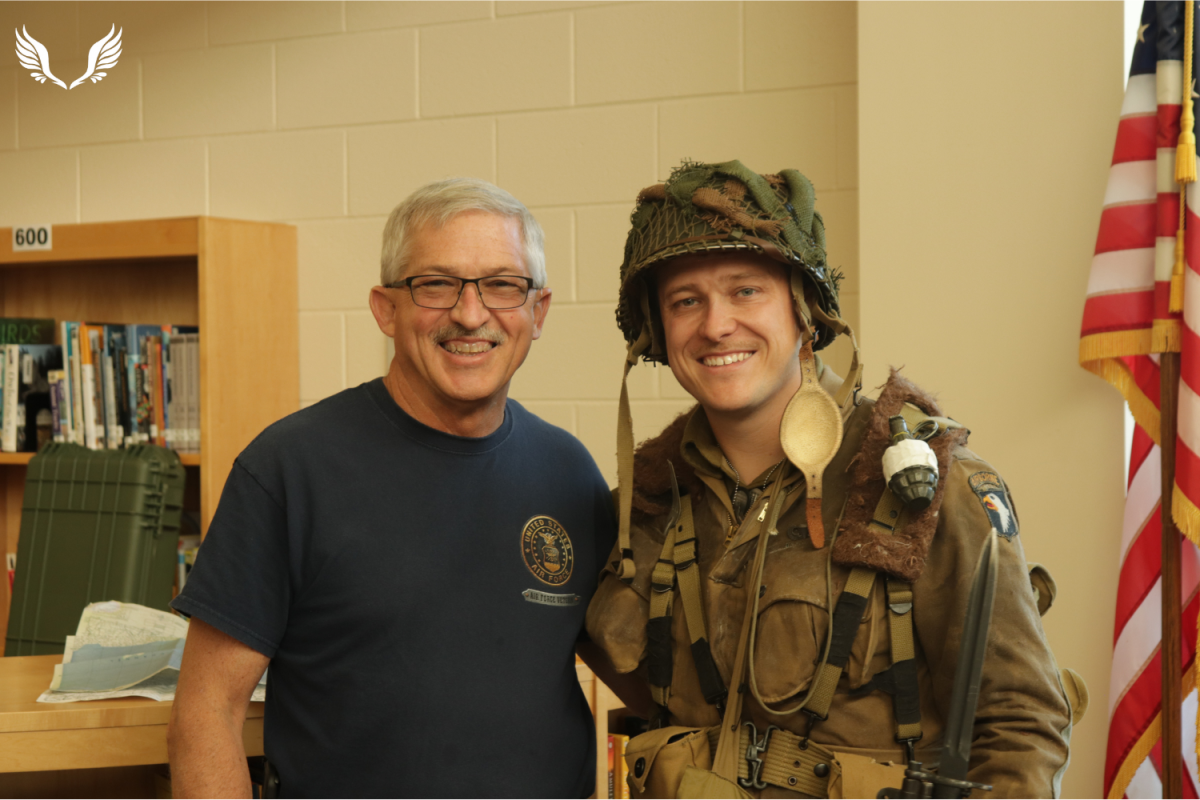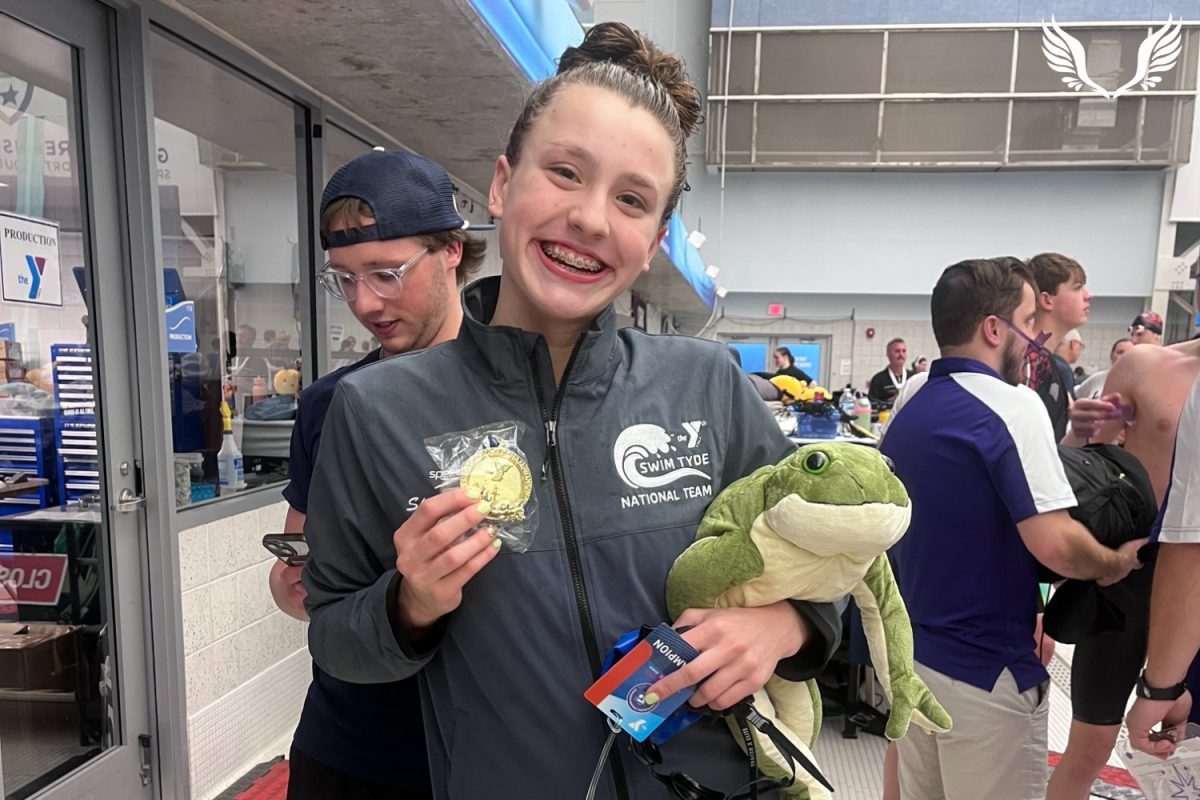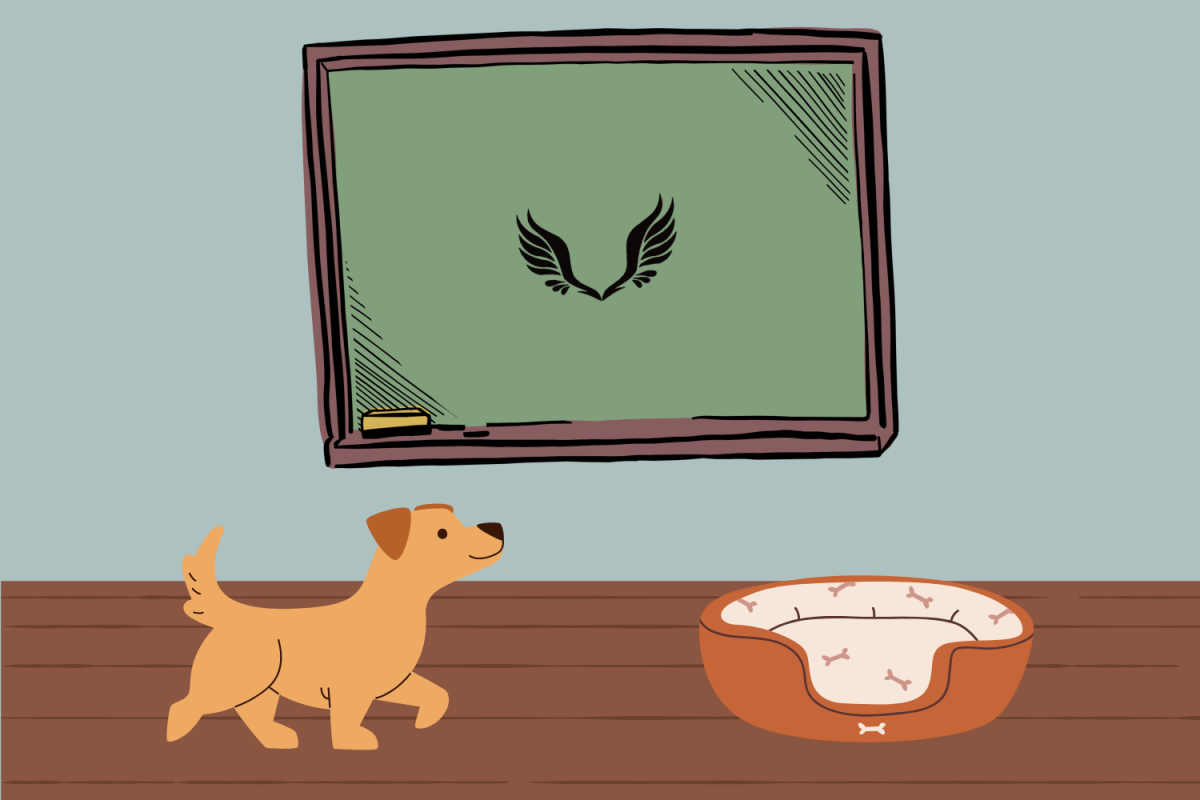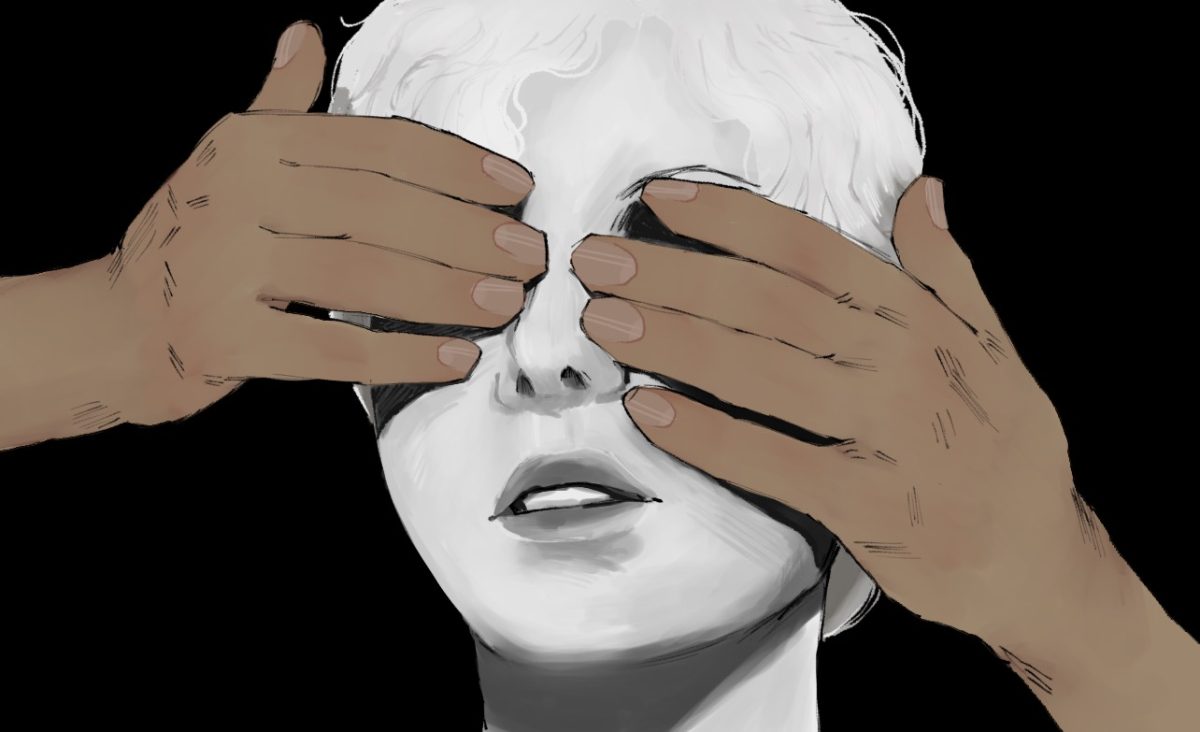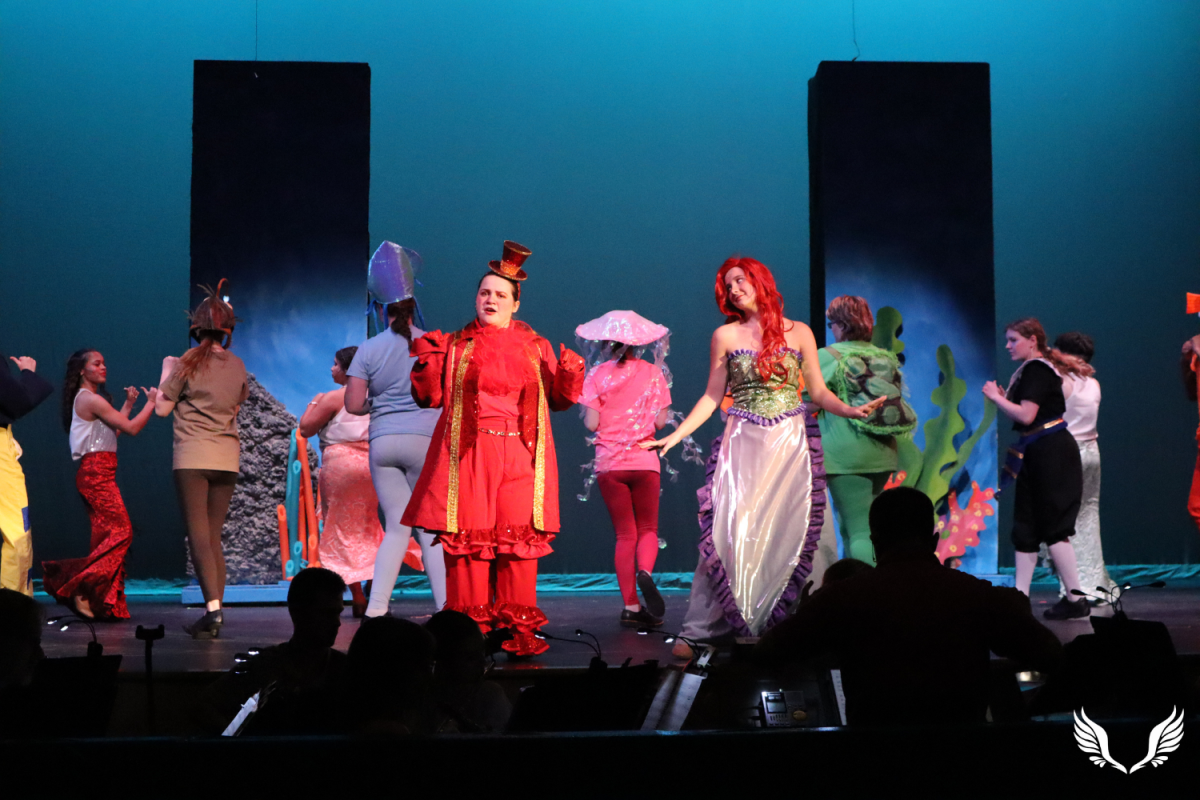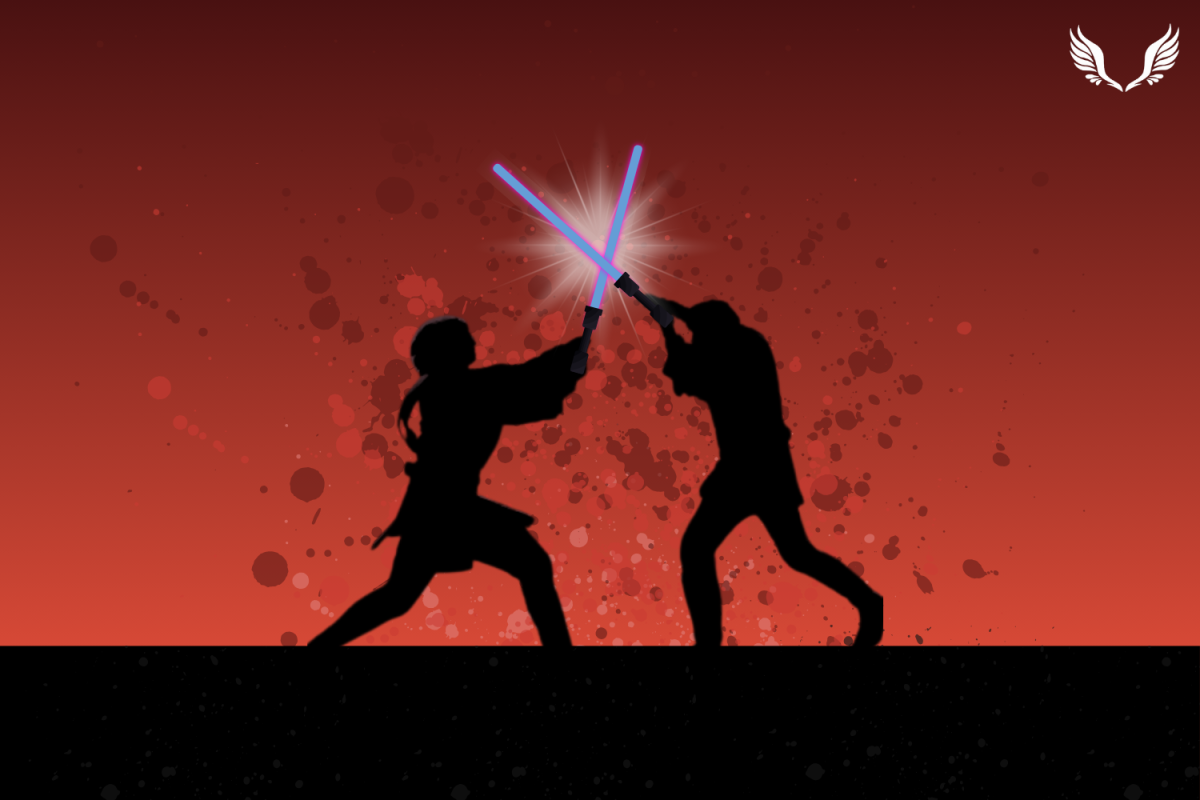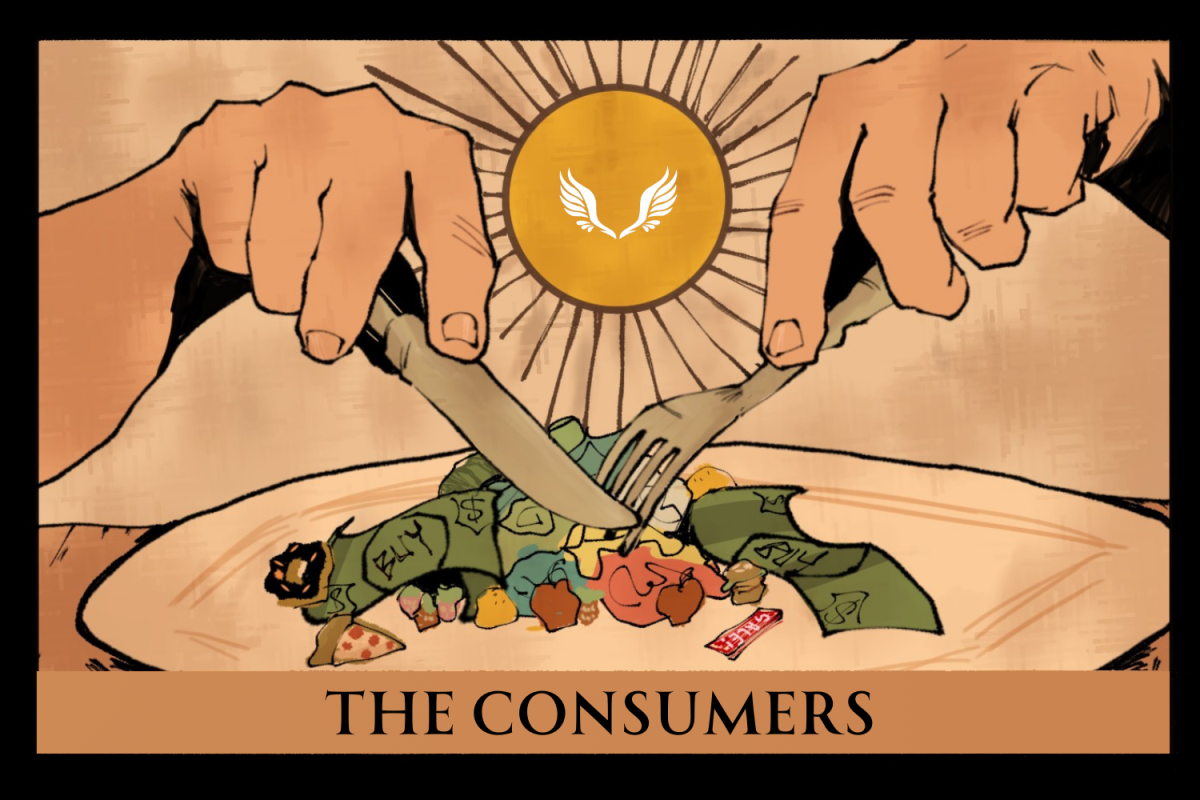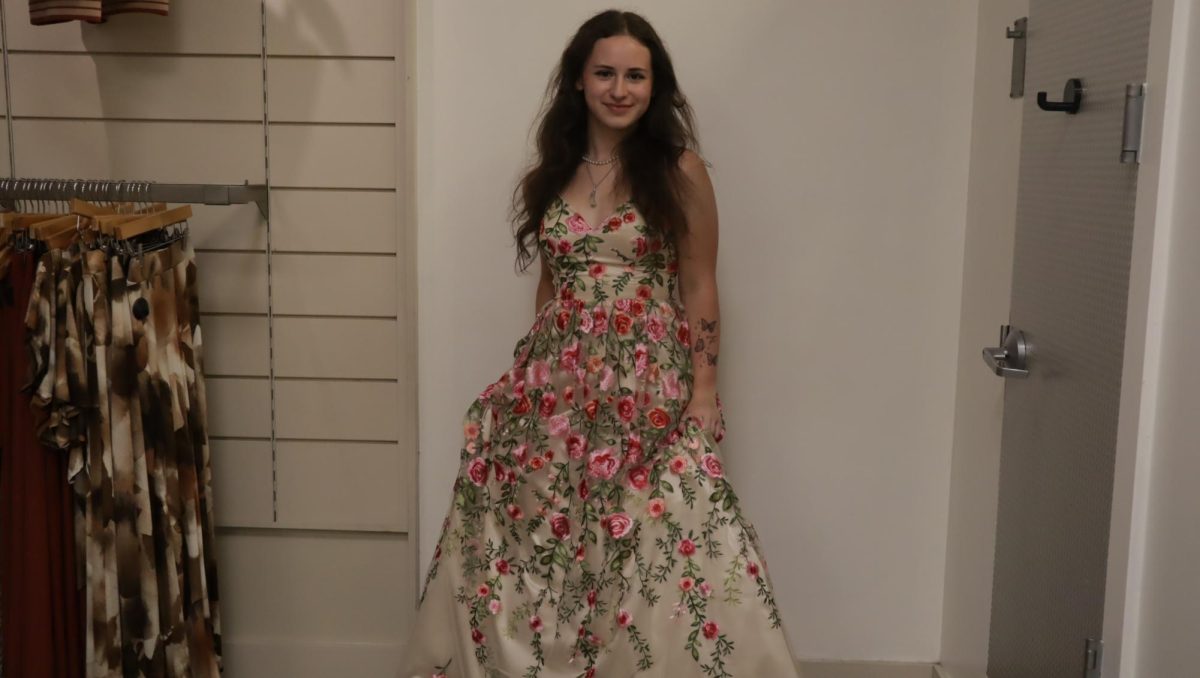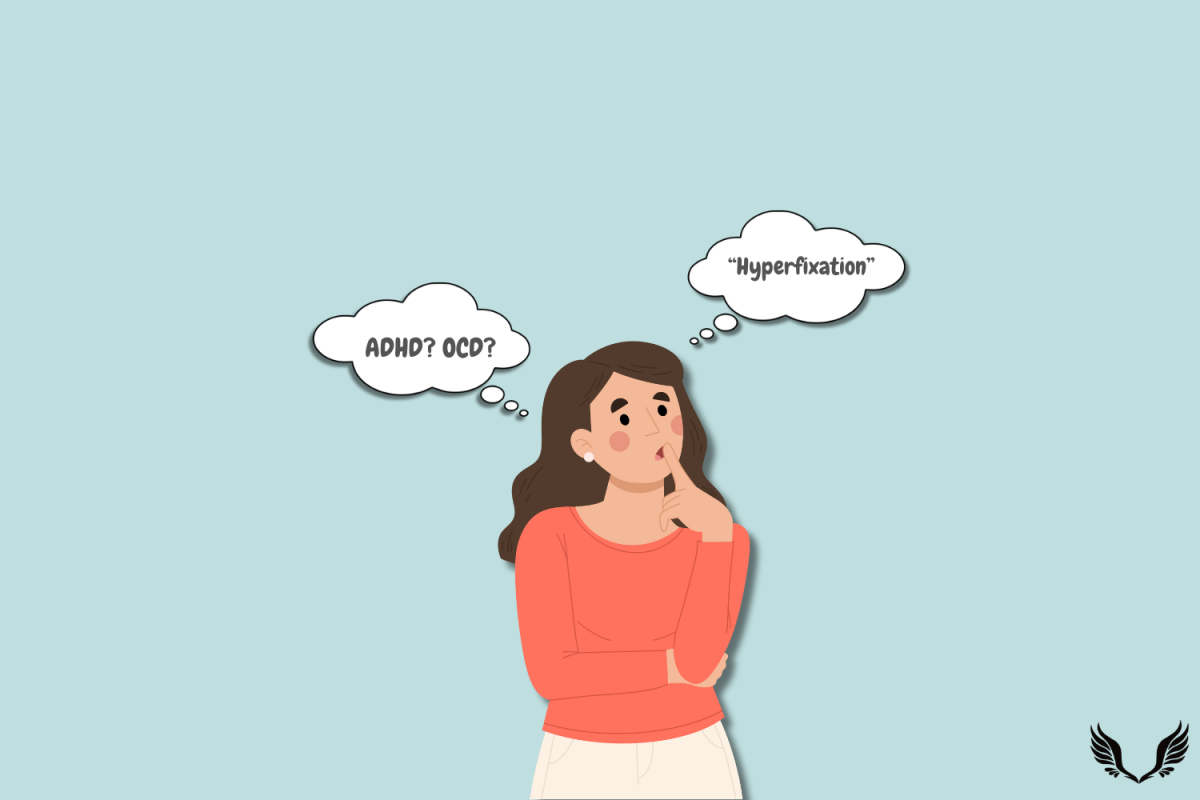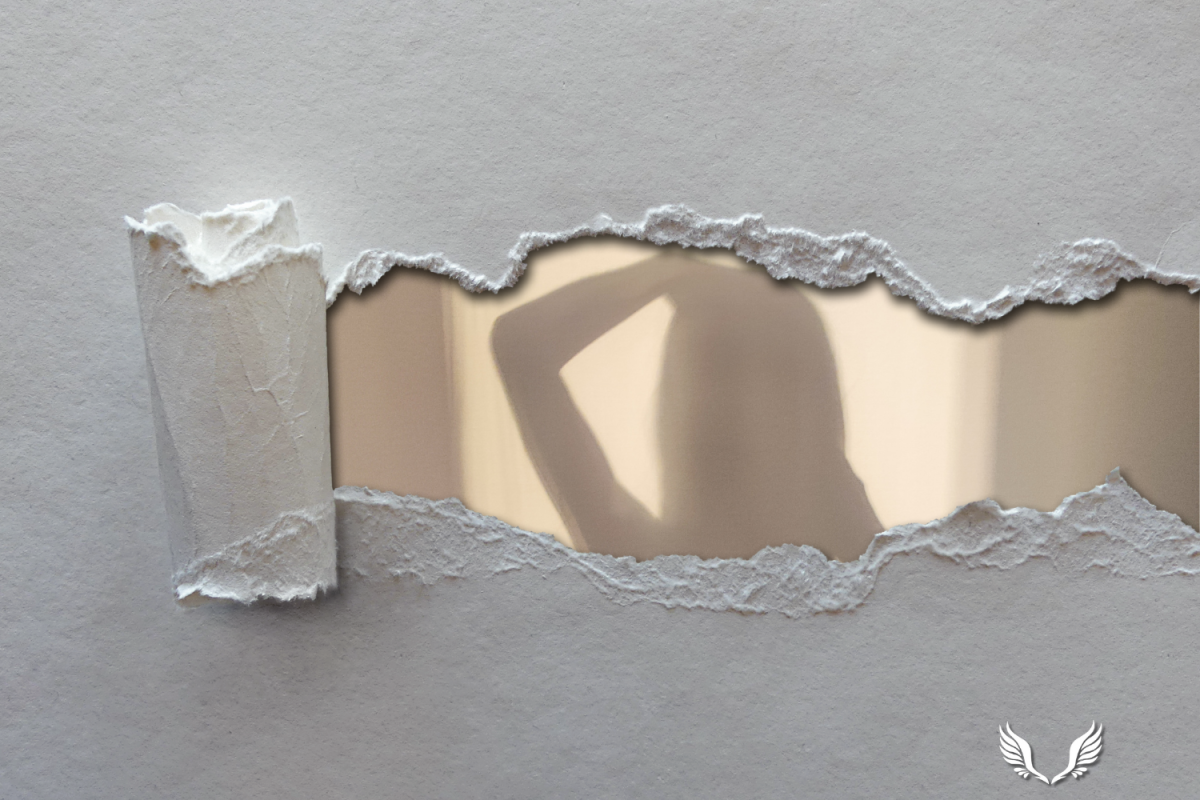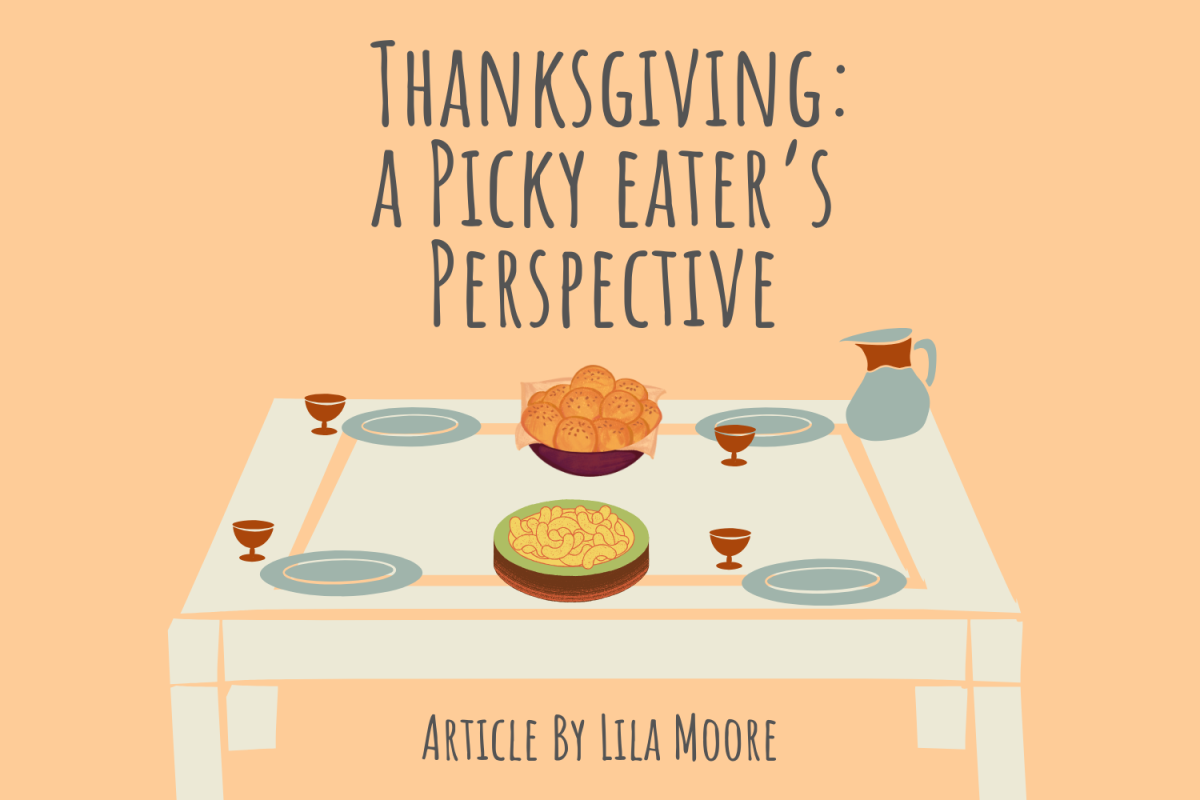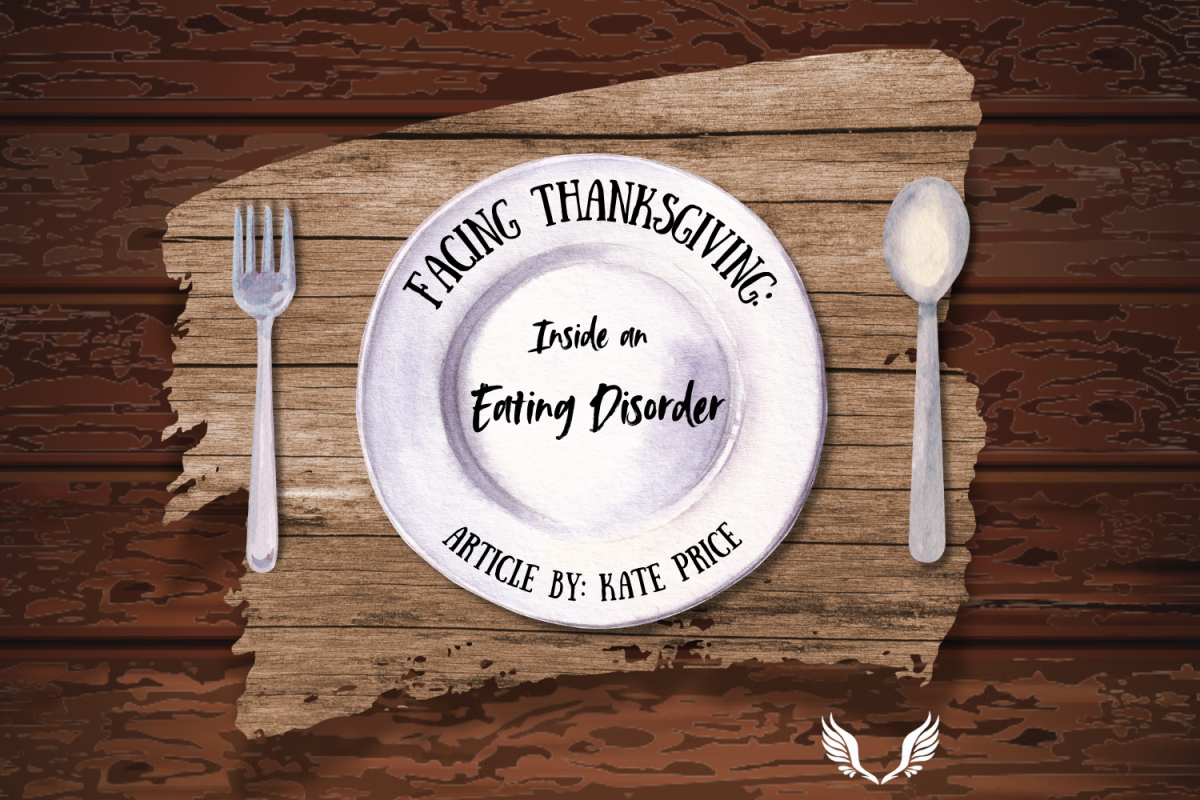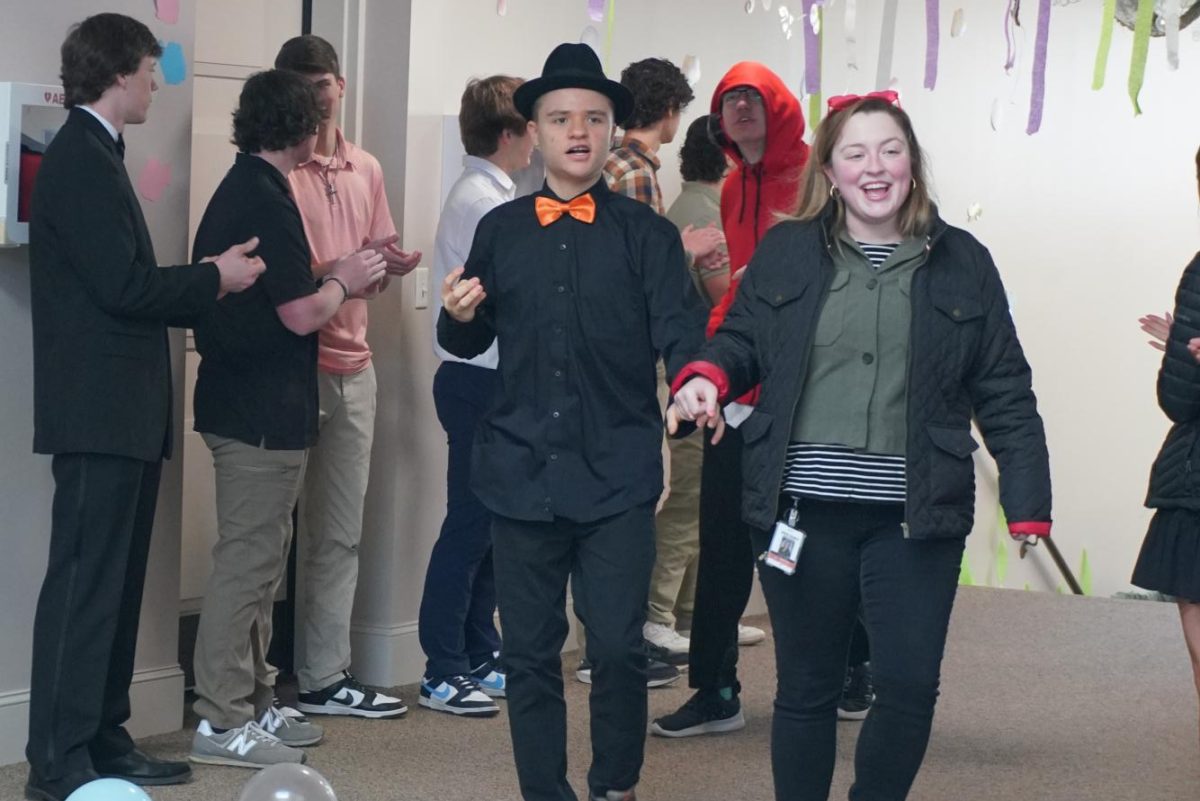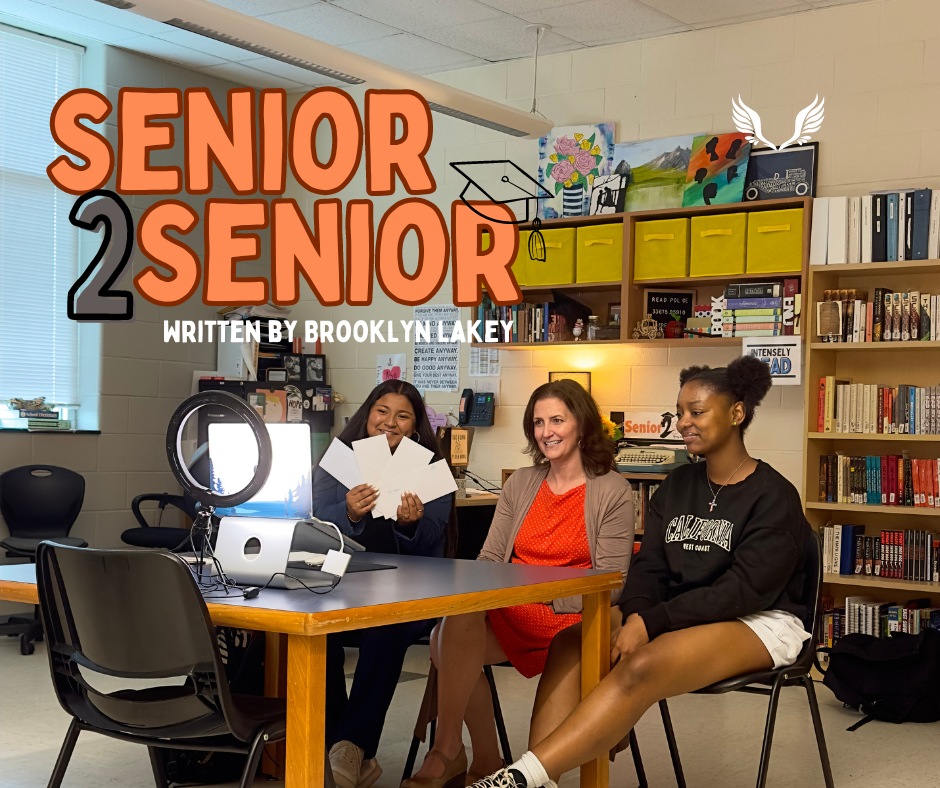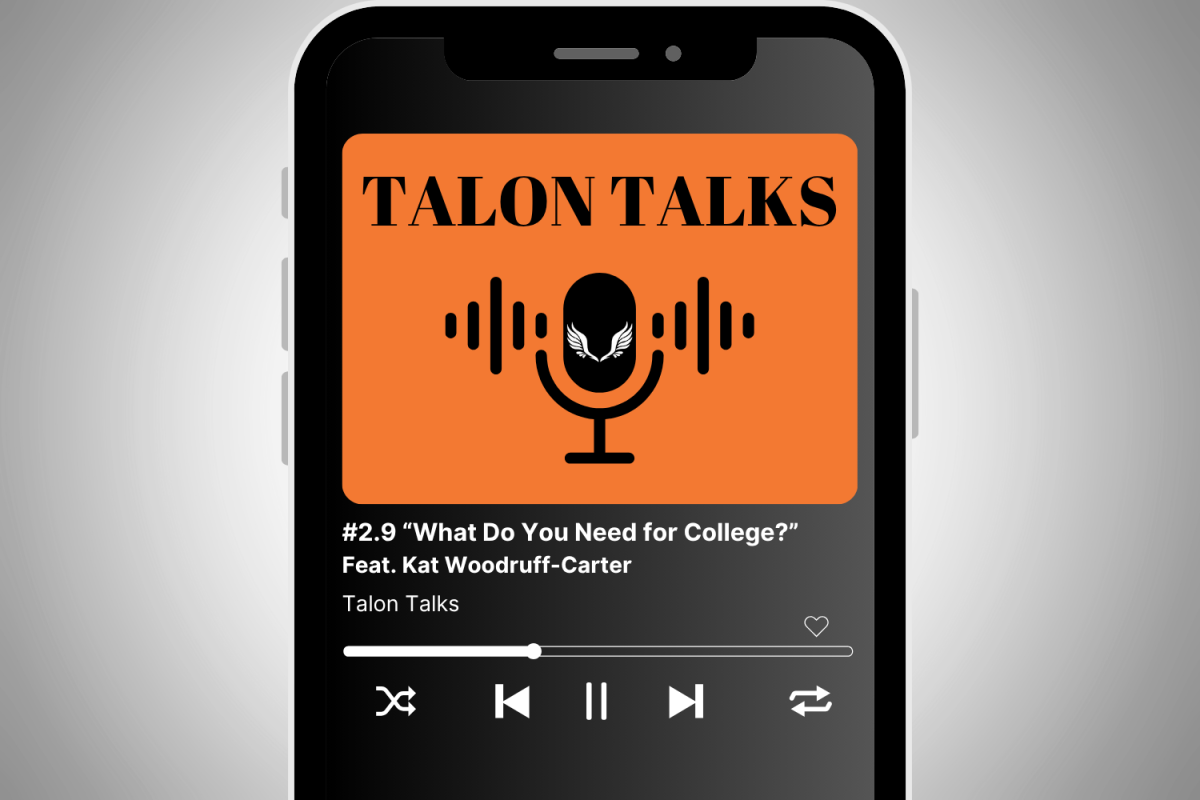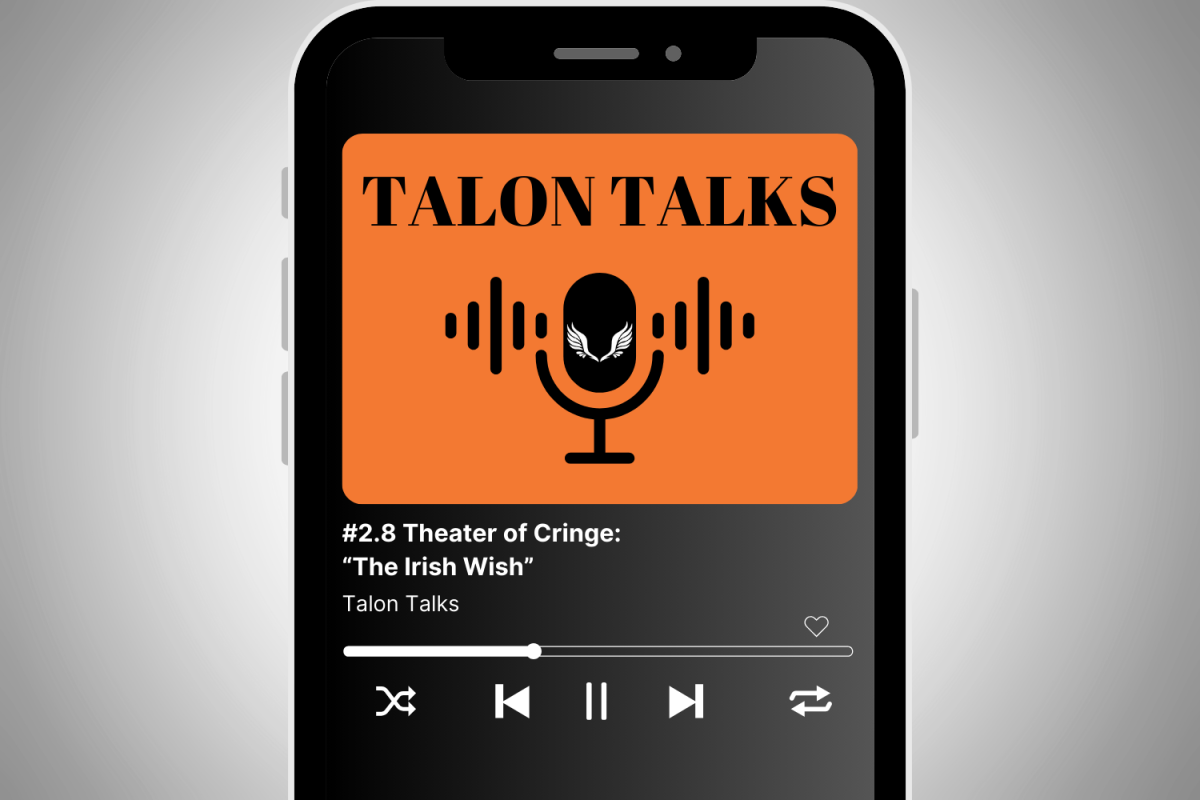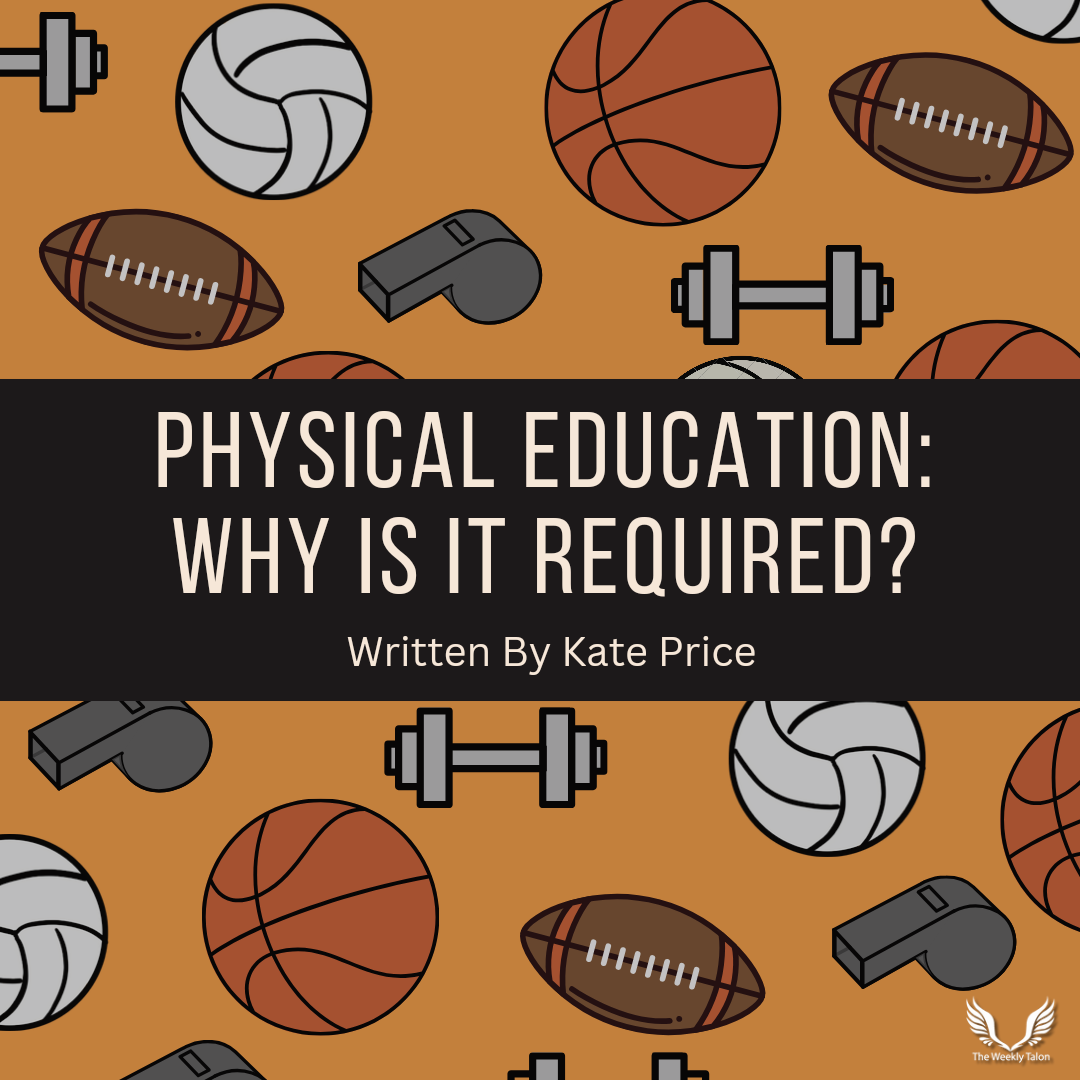At Davie High, students walk into PE one of two ways. Some bound in, willing to try anything thrown at them. The rest trudge into the gymnasium as if the air inside is poisonous. Unfortunately, as the semester progresses, students have begun to lean towards the latter.
Physical education is an opportunity for students to discover, experience, and incorporate physical fitness into their daily lives. Nevertheless, many fail to see this as beneficial. Instead, it’s seen as an inconvenience. From uneventful games to faked injuries, countless students perform the bare minimum in order to pass the class.
Because of this, participation has been considered one of the largest issues among PE students.
“For a lot of kids, if they don’t like physical activity at all. They’re fine taking a zero.” PE teacher Lindsey Adams explains.
However, participation in the class has been proven to reap multiple benefits. According to a Global Student Health Survey by the National Library of Medicine, “The findings revealed a positive association between participation in PE classes and a range of health-related behaviors among adolescents.” These health-related behaviors can include refraining from alcohol and smoking, maintaining balanced nutrition, and traveling actively to school.
Unfortunately, partaking in exercise for one semester will not prevent unhealthy behaviors forever. The goal of the class is to influence long-term habits, not short-term ones. If a student never runs a mile, touches a football, or does any exercise that interests them after they pass the class, they’re more susceptible to these behaviors, or even certain diseases.
“We’ve gotten used to doing as little as possible. Because of this, the chances of us getting Type II diabetes, heart disease, or high blood pressure have increased drastically.” PE teacher Nathan Handy explains.
This means that to prevent certain life-altering diseases, students need to stay physically active. Unfortunately, athleticism can make this harder for some students. It can determine how much a student will thrive in the class. With additional experience and further developed skills, athletes tend to have the upper hand.
According to PE teacher Brandon Thalasinos, “All students can be on the same playing field, it’s really just how comfortable they are.”
In other words, though there is the disadvantage of physical ability, success in the class relies more on how comfortable the student is, not their skill level.
Once this comfort is established, participation comes more naturally. From there, class becomes easier, and students begin to reap the full benefits of PE.
“Sports aren’t for everyone,” Handy said. “But at some point, we have to figure out what we can do to stay physically active.”

